Table of Contents
- Introduction
- Natural geometry: obvious and hidden
- The first geometric symbols of humanity
- Pattern Recognition
- Megalithic Structures
- Early Geometry
- Great Pyramid of Giza
- Pythagoras
- The Platonic Solids
- Mystery Schools & Religious Symbology
- The Tetractys
- Sacred Geometry
- Phi, The Golden Ratio
- Conclusion
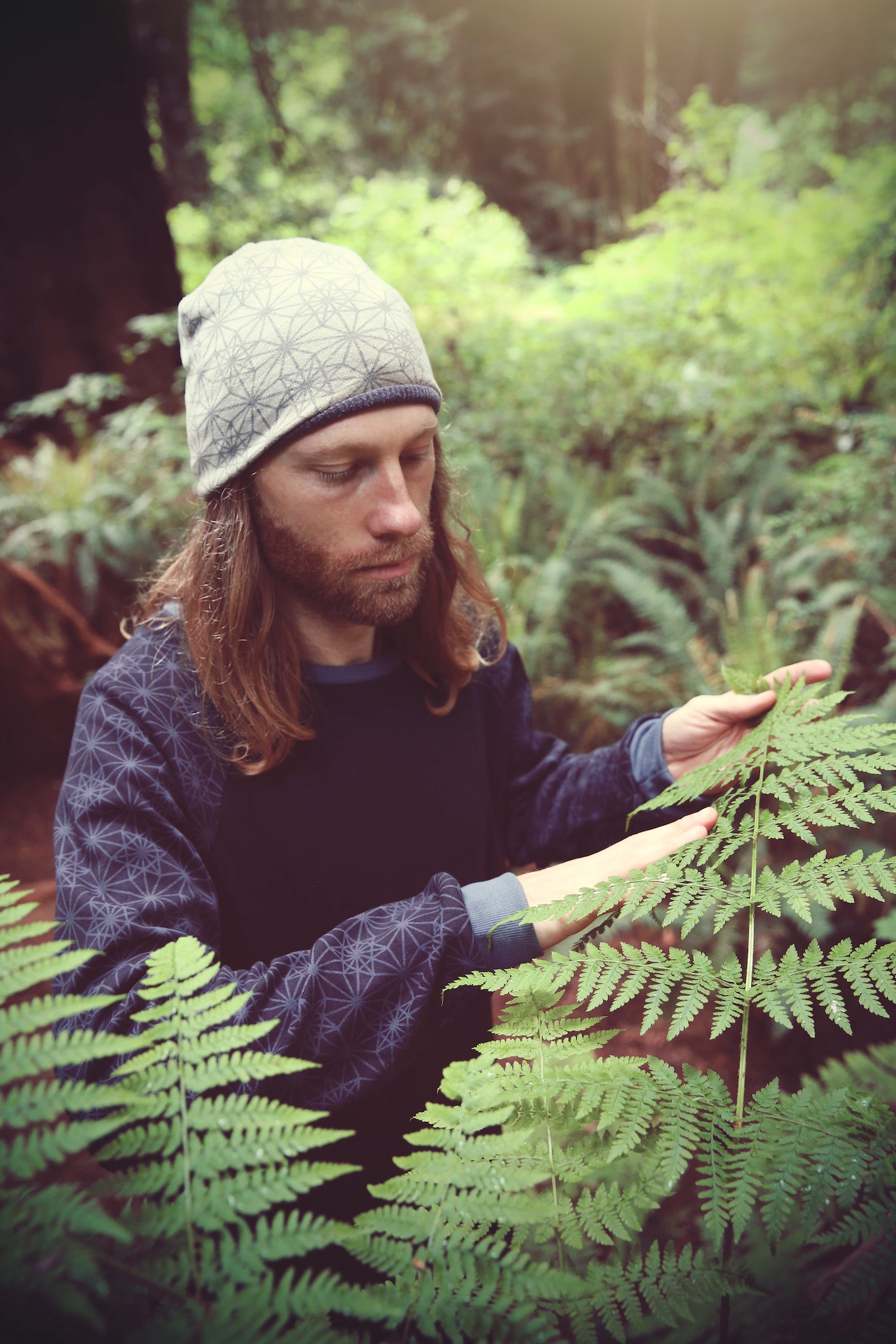
Hello!
I’m Roy Busch, the founder of Sacred Geometrix. I’ve been fascinated by ancient structures and sacred geometry for over 20 years. From witnessing the incredible fractal shapes of a fern, to the Fibonacci spiral of a pine cone, anyone can see: nature is highly geometric. Having become inspired by different cultures around the world and the geometric structures they have built, I’ve traveled to visit ancient sites throughout Mexico and South America to experience the engineering first hand. Clues to the true depth of knowledge that these cultures had of astronomy and geometry is still preserved, even thousands of years after their construction, in the precision of the stone placements and the symbols etched into their surfaces.
The significance of these geometries have been incorporated into cultural traditions and religious structures for millennia. Sometimes all of we know of entire civilizations is by analyzing a few fragmented records. Mesopotamia and the Fertile Crescent region, what is present day Egypt, Iraq, Iran, and Turkey, is home to the oldest world heritage sites. Yet the constant wars of this region that cause the loss of human lives also threatens the destruction of our oldest human records. This poses an increasing challenge for humanity to ever understand the depth of science these great civilizations once wielded.
The interconnection of science and spiritually through the study of geometry is an association that is not without logic and reason. The precise investigation into the order of the natural world reveals harmonies, and geometric ratios that leads to scientific breakthroughs while having the power to change the consciousness of those who study it. For the discovery of a hidden language found throughout nature, admits a powerful new paradigm: The invention of geometry was not of human origin, but rather the evidence to the structure of our Universe. The significance of these geometric principles mystified the scholars who studied it, empowered the engineers who wielded it, and gave rise to the enduring traditions ment to preserve its revelations.
I hope my passion for this subject will spark your curiosity to explore the depths of these concepts even further on your own. But more importantly, I hope you will experience the feeling of interconnectedness in your life like never before, leading to an increased sense of wellbeing and intrigue every time you find these geometries in the world.
The geometry of nature speaks to us through a harmony of precise organization. It can be found in living organisms and inanimate structures alike. It is the very language of the universe, communicating function through its form: continually adapting to balance the forces required to harmonize into a structured state of equilibrium.
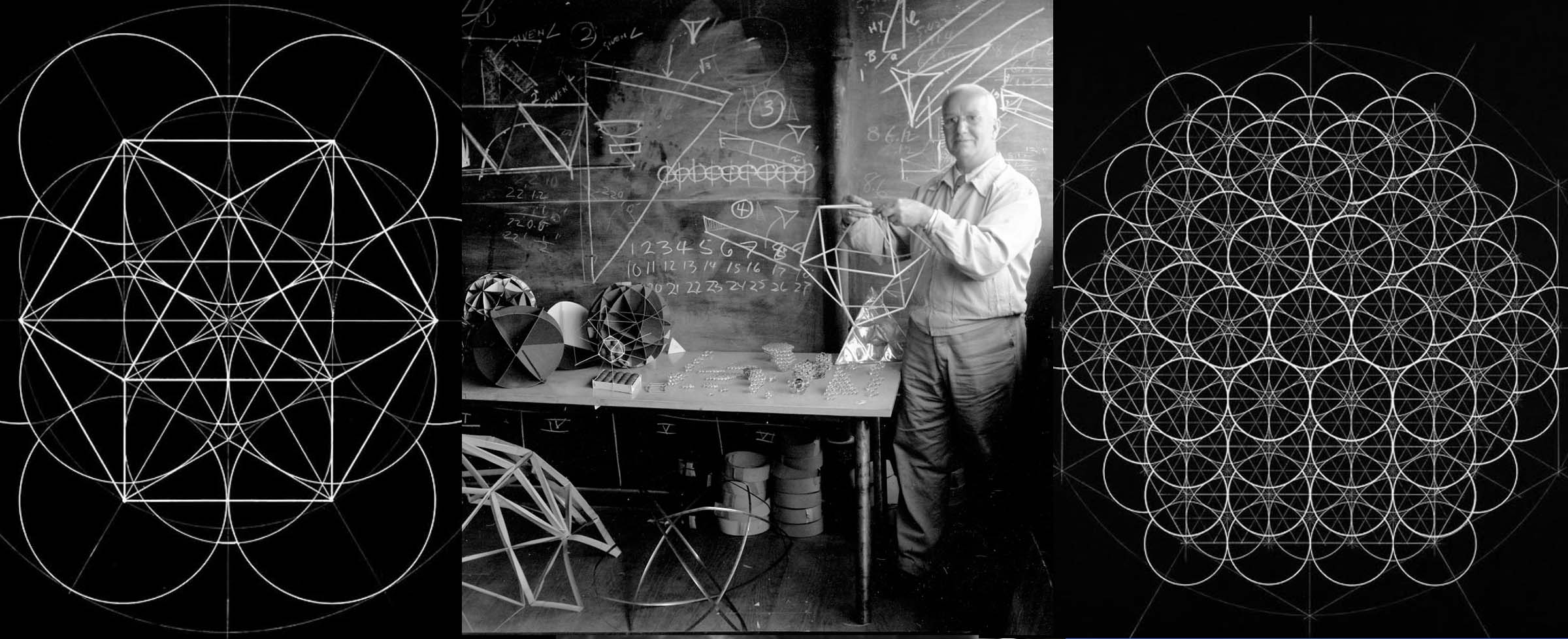
It offers its secrets for all to see through their visual senses. Like the repeating 6 fold hexagonal geometry found in the structure of a honey comb.

Or the 5 fold geometry as seen in the beautiful harmony of a Rhododendron's flower, revealing a shape connected to the structure of a pentagon.
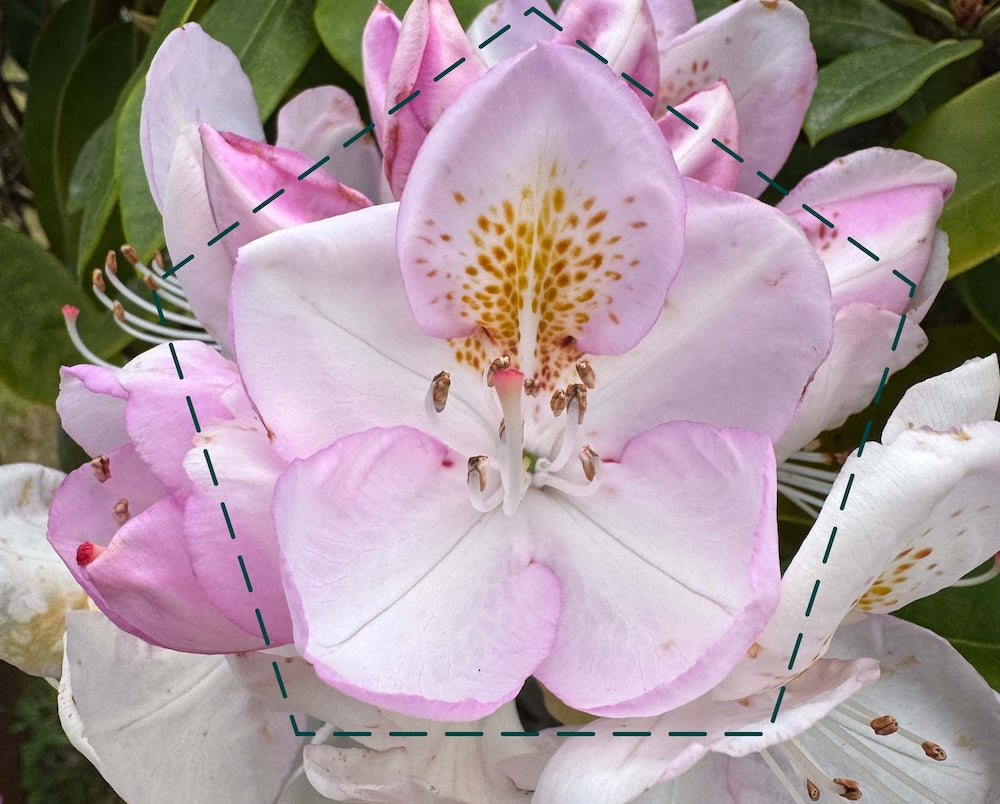
And while nature may reveal its secretes, it also conceals them beyond our senses. Requiring us to dig deeper with technology to transcend our first hand observational limits of the naked eye.
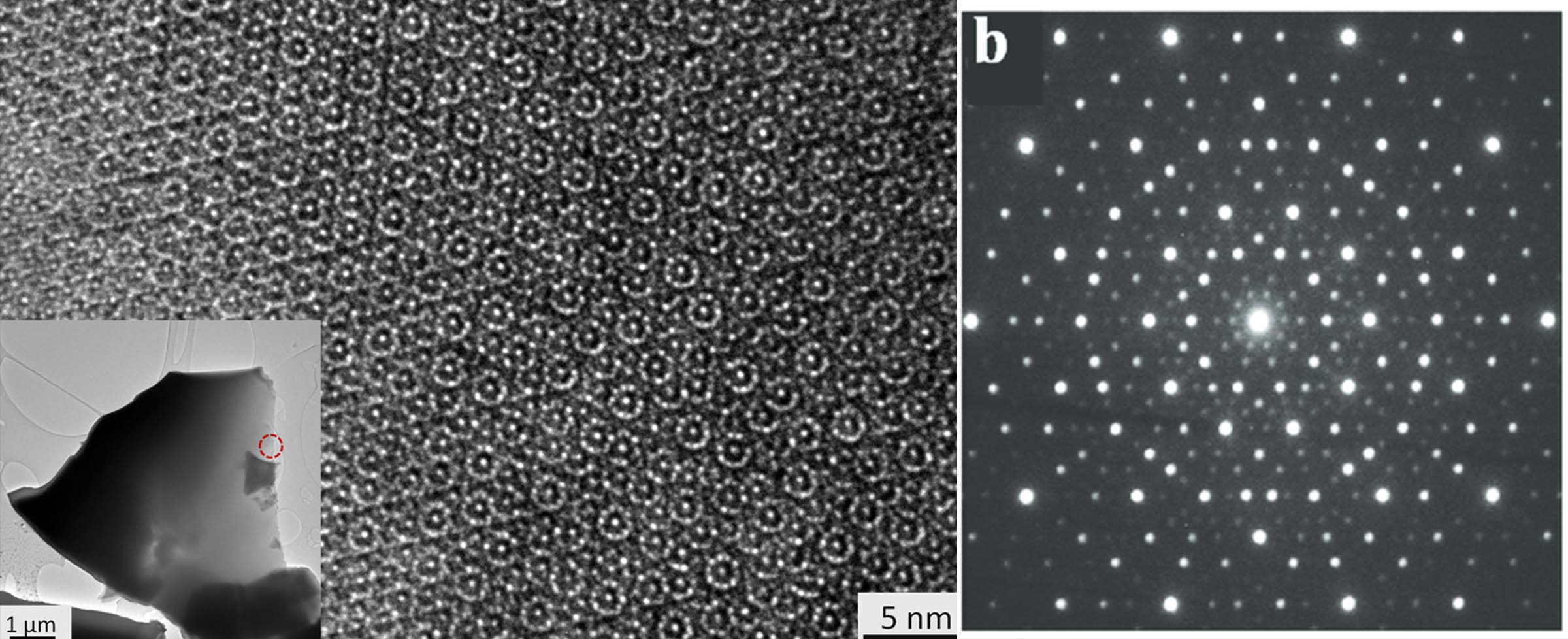
Using a transmission electron microscope we see the ten-fold structure of a quasi-crystal. Very recently, up until 1980, this was believed to be an impossible atomic configuration, deemed a “forbidden symmetry” in crystallography, due to its aperiodic atomic lattice structure.
The patterns found in these structures opens our perspective to a geometric world beyond the naked eye, offering complex levels of organization present in even the most ordinary of places. For example, rock salt.
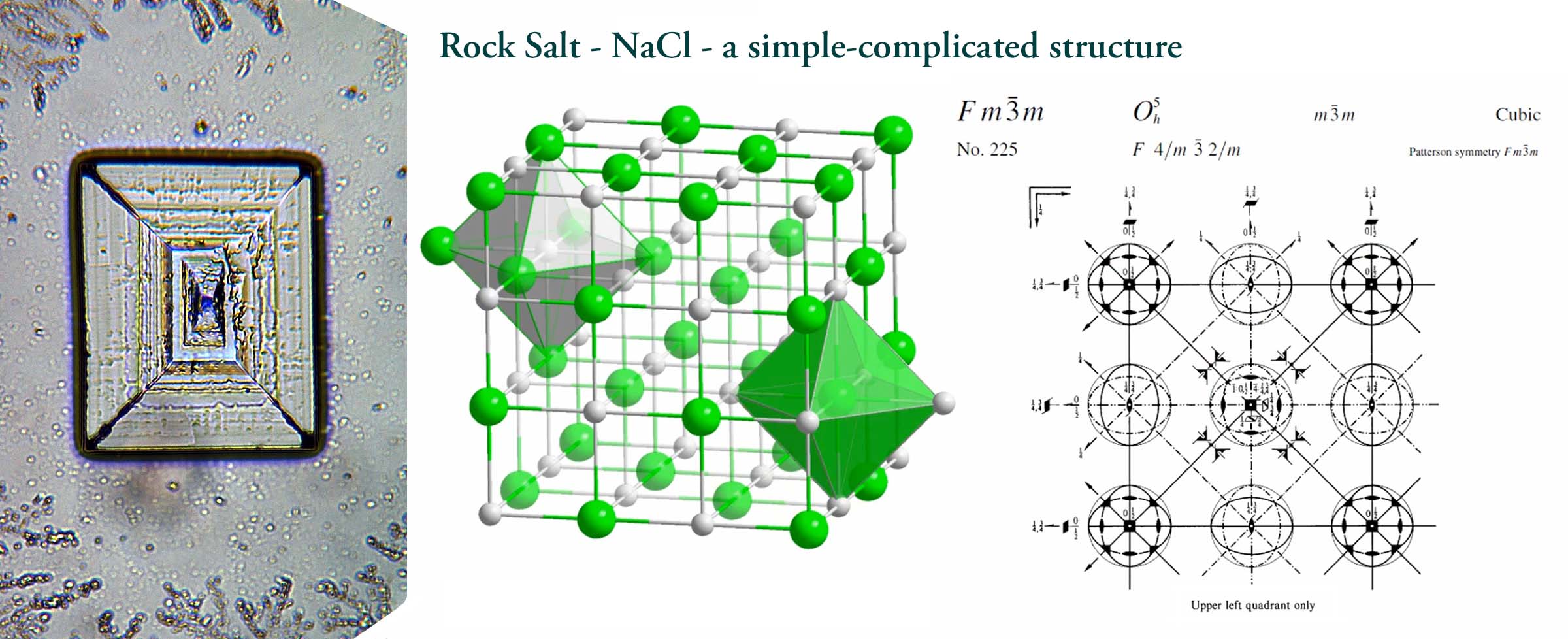
The science and technology used to find and investigate these geometric structures has come a long way since humanity first sought to understand the deeper patterns of our natural world.
Cave paintings are found all over the world, some of the oldest reach as far back as 40,000 years. In a 2016 book, titled, “The Geometric Signs of Ice Age Europe,” Genevieve von Petzinger identified 32 distinct symbols, used over a period of thirty thousand years.
These shapes and symbols are, most likely, humanity’s first attempt at a written language. Each one having a significant meaning used to help understand the world.
Geometry (from the Ancient Greek: γεωμετρία; geo- "earth", -metron "measurement")
Can be translated to “measurement of the earth.” So in a very rudimentary sense, the first markings on cave walls were not only humanities first attempt at a language, but at geometry as well.
Triangles and rectangles, spiral and crosshatches. By recognizing patterns in our world we used symbols to describe the natural phenomena we found in our local surroundings. We encoded meaning into the symbols to help us remember vital patterns of the world.
Using the skill of pattern recognition ensured one's survival. For example, the recognition of the pattern of the changing day into the night meant returning to the tribe in time to avoid nocturnal predators. The recognition of the pattern of the changing summer season into fall was necessary to be prepared for winter.
And while the skill of pattern recognition could help ensure the survival of the species, it would become the ability to share its significance, through symbology that would ensure the survival of the knowledge. The incorporation of these symbols into our language and traditions created the framework for early societies to embed the knowledge they had learned into the first megalithic structures.
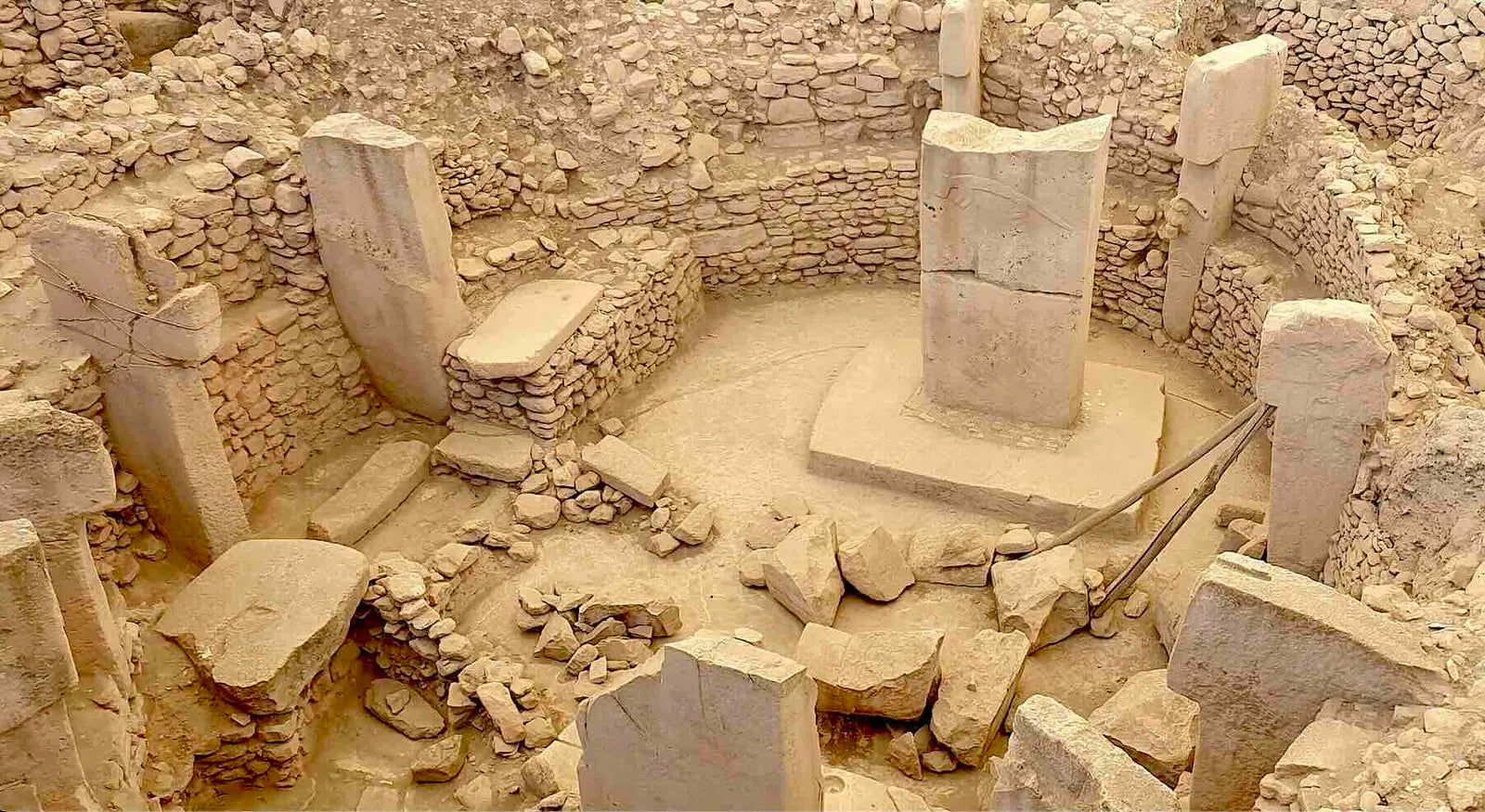
These ancient stone structures held significant meaning and each block was placed with intention. The fact that ancient monuments still stand today, even thousands of years after they were made is not trivial - it’s a testament to the level of skill and sophistication that was wielded by their builders. The location, the positions, the direction and the angles were specifically chosen, whether for engineering or celestial alignments, on purpose.
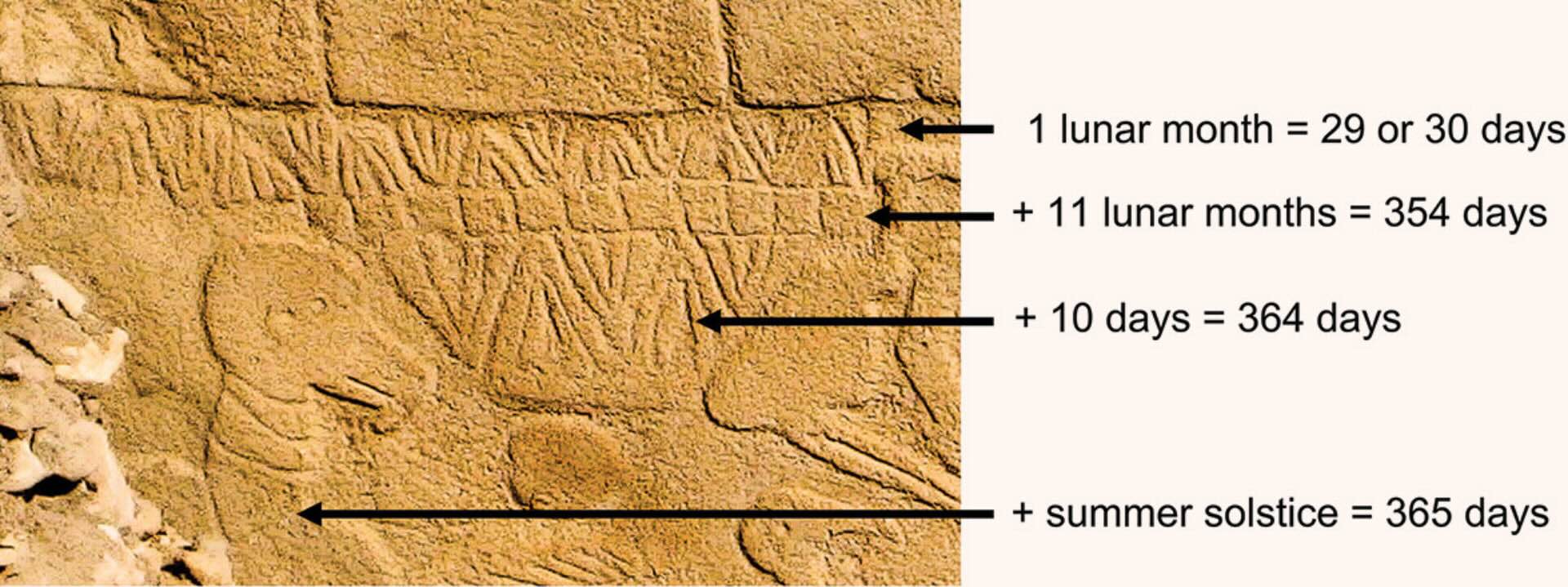
Gobekli Tepe is the worlds oldest site, and contains T shaped pillars that can reach heights of 18 ft and weigh 8-10 metric tons. High up on one of these pillars there is a series of V shaped arrows carved into its surface that corresponds with the correct number of days to describe the solar and lunar cycles.
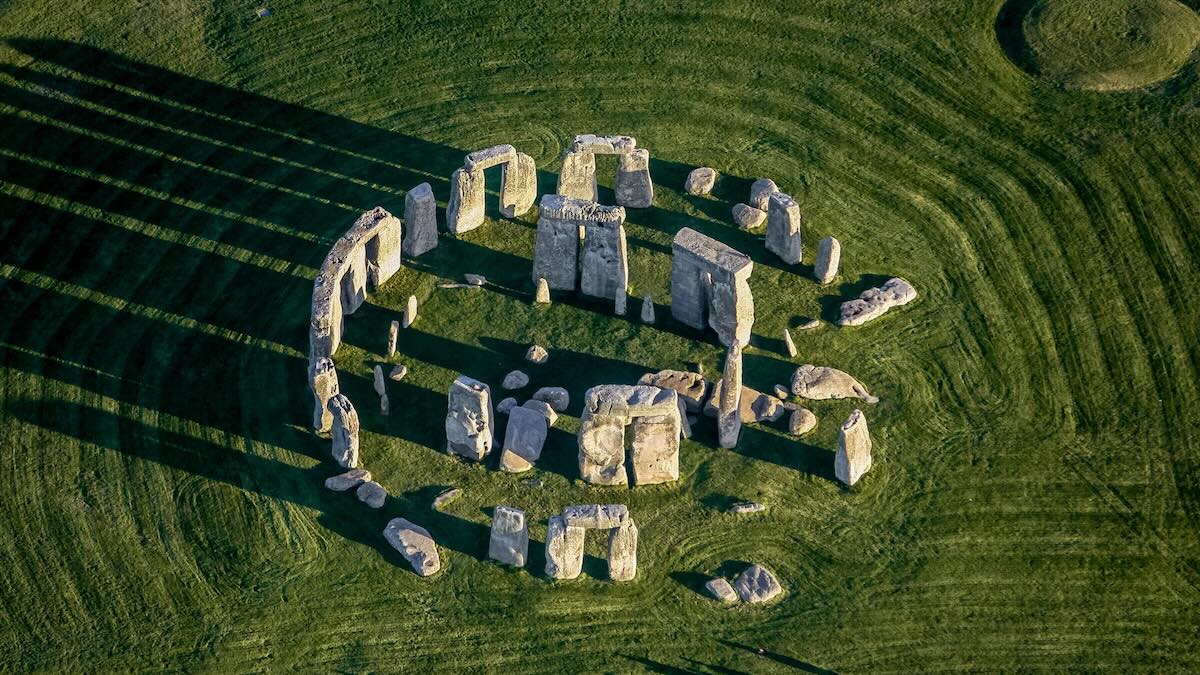
Many of these ancient structures told time. The carving of symbols into the surface of the stones or by the physical alignment of their placements could communicate the broader patterns of the cycle of time.
Stonehenge was, and still is, aligned with the sunrise at midsummer and sunset at midwinter, the stones perfectly framing the rising and setting sun when days were at their longest and shortest.
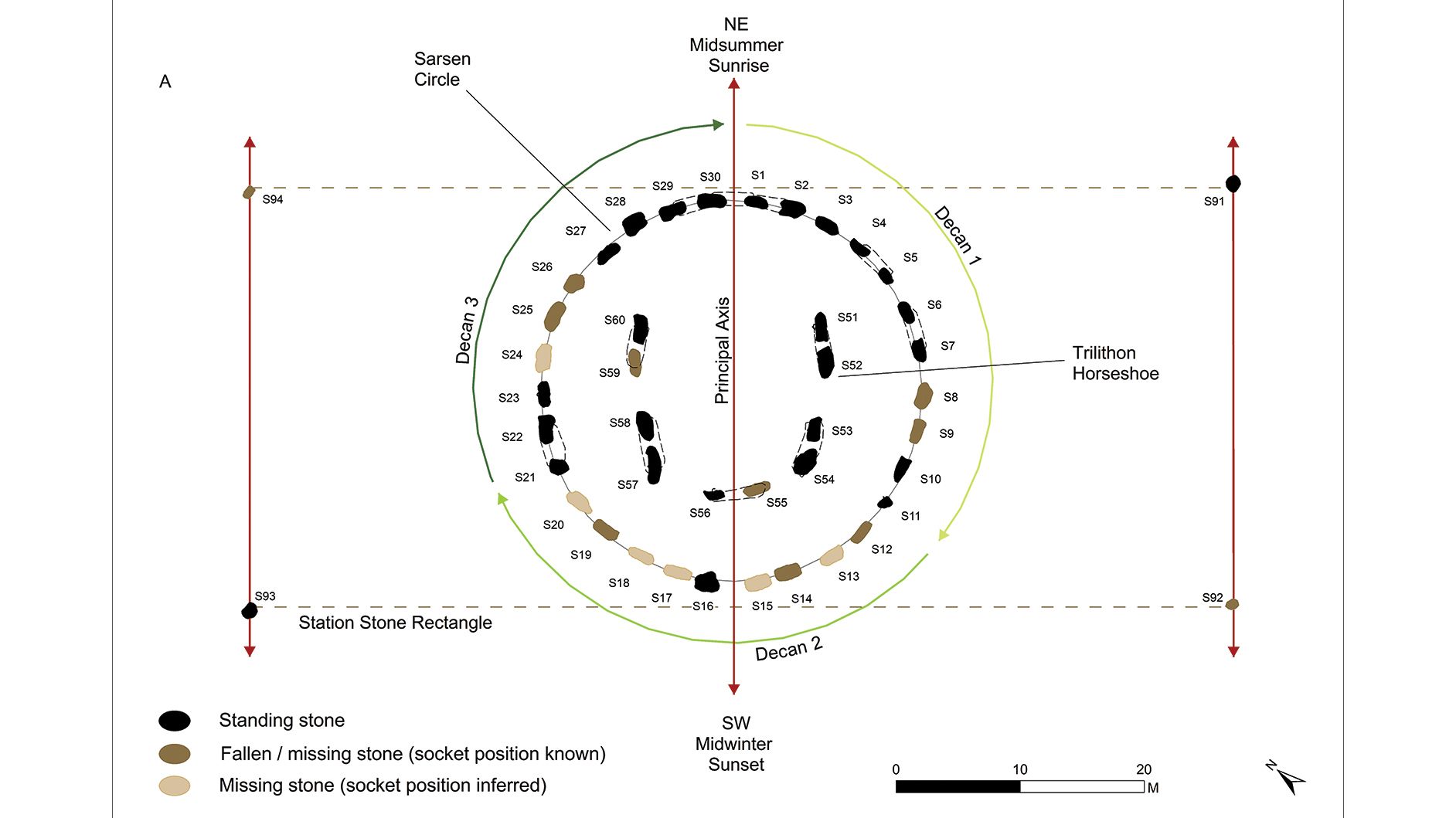
In a new study, accounting for fallen stones, and stones that are now missing, has proposed a the outer ring of 30 stones represented the days, and when multiplied by 12 you have 360 days. With the addition of the 5 central Trilithons you have 365 days. The 4 outer most standing stone even allows for accounting for the leap year.
The encoding of information into symbols and stones, was a method to keep track of and acknowledge the significance of the greater patterns that effected everyones lives.
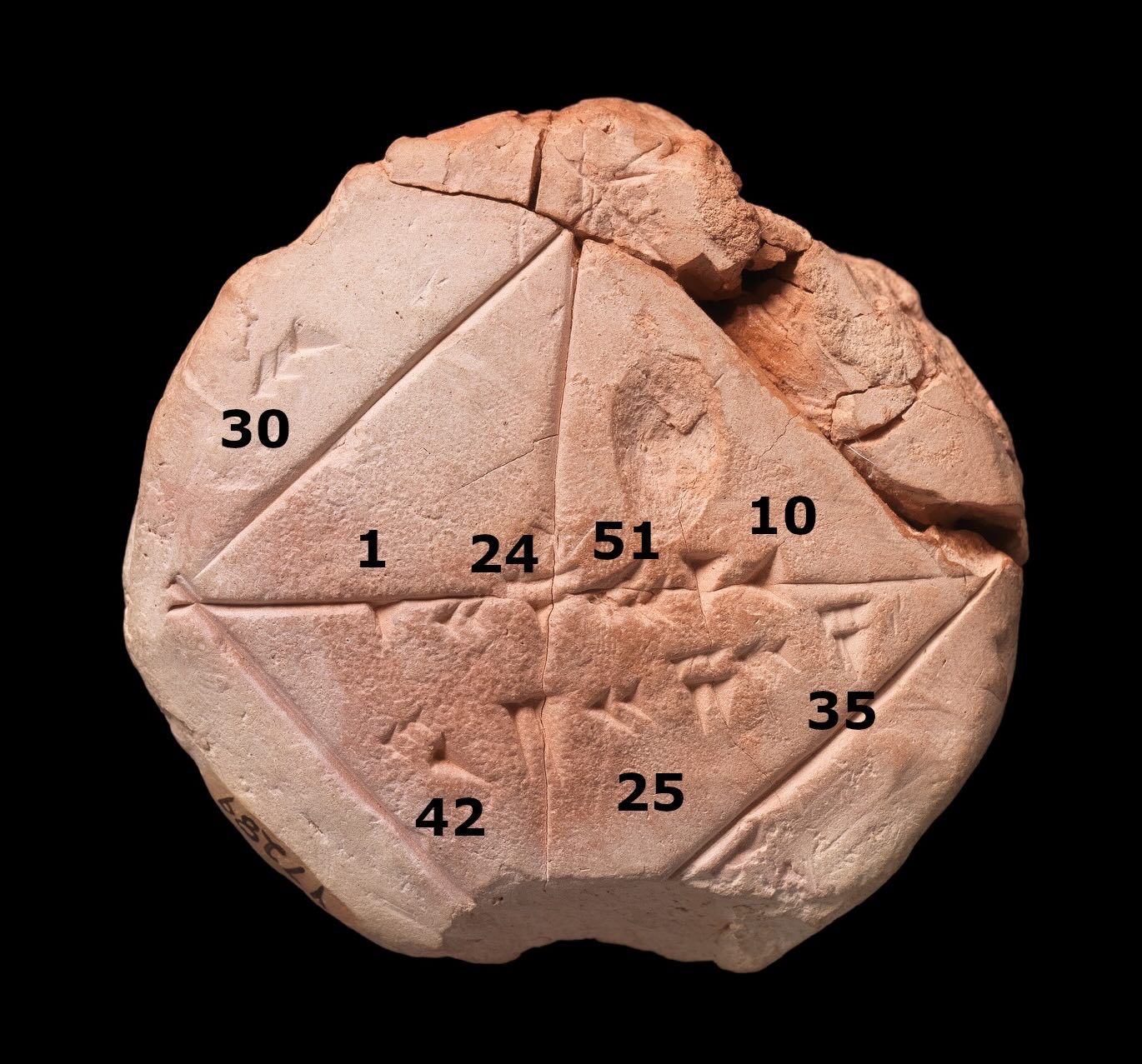
As human societies advanced, so did the precision of the measurements and calculation methods. Basic counting led to more sophisticated number systems laying a foundation for different forms of mathematics. Babylonian clay tablets show the use of algebra and trigonometry as early as 1800 and 2000 BC.
Honing the skill of pattern recognition matched with arithmetic lead to correctly predicting the lunar cycles and even celestial motions of planets in the solar system.
While the investigation into patterns of time continued and astronomy was being studied, a new science was emerging, one that investigated not only the patterns in time, but the patterns of space: geometry.
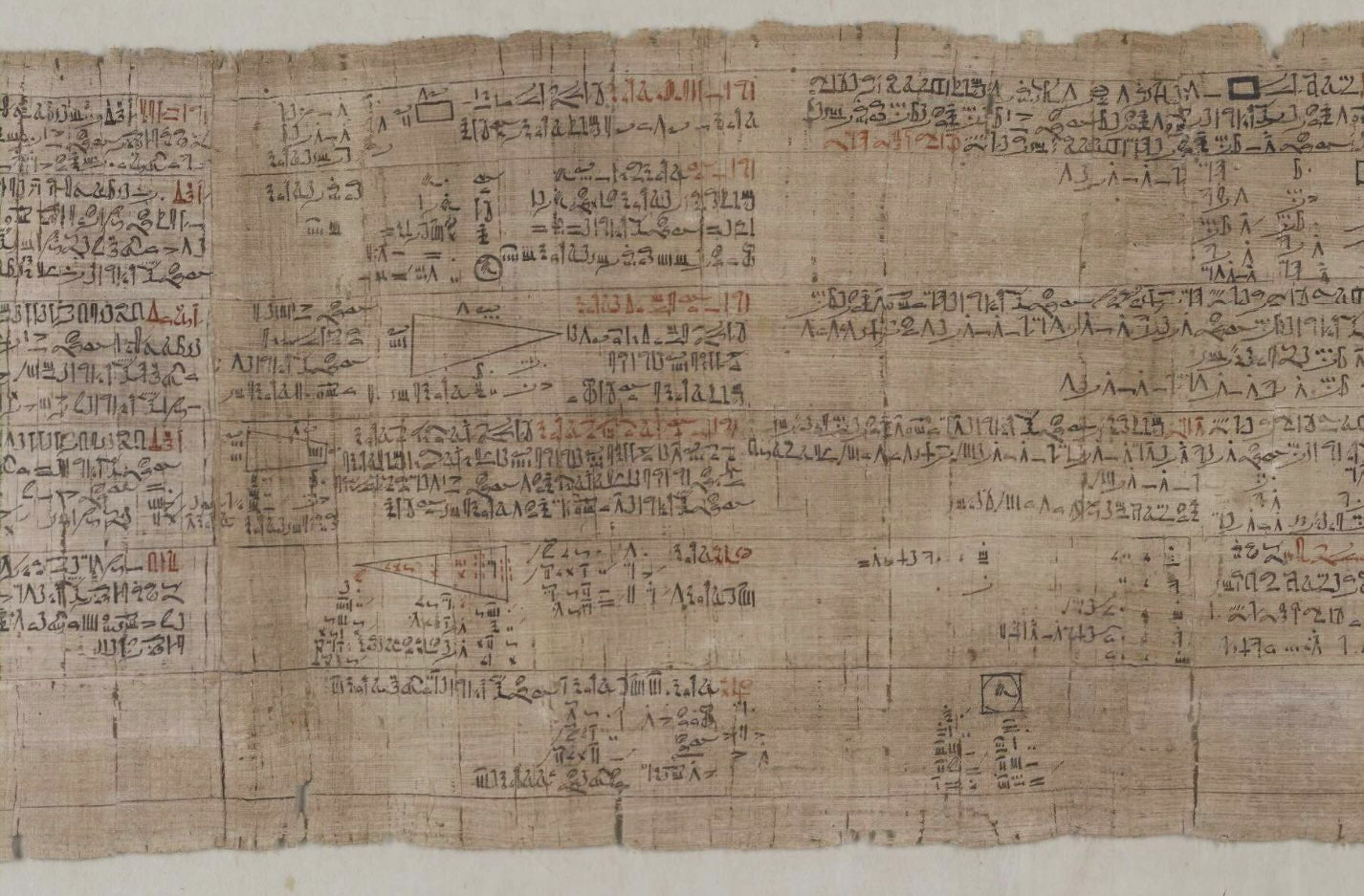
The earliest recorded evidence of geometry, in the way it is thought of today, was in the Rhind Mathematical papyrus, c. 1550 BC.
Its important to acknowledge that this is just one record that survives today, even though the reality is that countless others surely existed during this time and before. When the construction of other megalithic structures built in Mesopotamia shows evidence there was advanced knowledge in use.
Many scholars believe it wasn’t until Euclid of Greece wrote his famous “The Elements”, circa 300 BC, that the first system for geometry was discovered, but....
The Egyptians *clearly, knew some shit.*
Engineering Precision
- sits perfectly due north
- built from an estimated 2,300,00 stones
- each stone as an average weight of 2.5 tons each
- some stones weigh over 50 tons
- Largest stones for "Kings chamber" were mined from the Aswan quarry 560 miles away.
- Capstone would have sat within centimeters of perfect center of a 13 acre square base.
Encoded Mathematics:
Mathematical Precision of the Great Pyramid of Giza:
- π (Pi): Base Perimeter / Height ≈ 2π >99.9%
- φ (Golden Ratio): Slant Height / Half-Base ≈ φ >99.9%
- √φ Approximation: 14/11 ≈ √φ 99.94%
- π Approximation: 2 × (Base/Height) = 22/7 ≈ π 99.96%
- π-φ Relationship: (6/5)φ² ≈ π 99%
- Trigonometric Ratios: tan(slope) ≈ 4/π, cos(slope) ≈ 1/φ>99.9%
Many scholars refute the notion that measurements used in the construction of the pyramid of Giza could have intentionally encoded mathematical principles, attributing the values to mere coincidences, luck or chance. Claiming, “The builders of this monument could not have known the value of pi or the phi ratio because it had not been discovered yet.”
Even though the precision of the building, with measurements spanning hundreds of meters are within centimeters of present day absolute mathematical precision.
And yet, all of the greatest Greek scholars, whether philosopher, engineer or mathematician, to whom we attribute significant contributions to Western scientific knowledge, in fact, spent enormous amount of time studying from these more ancient cultures.
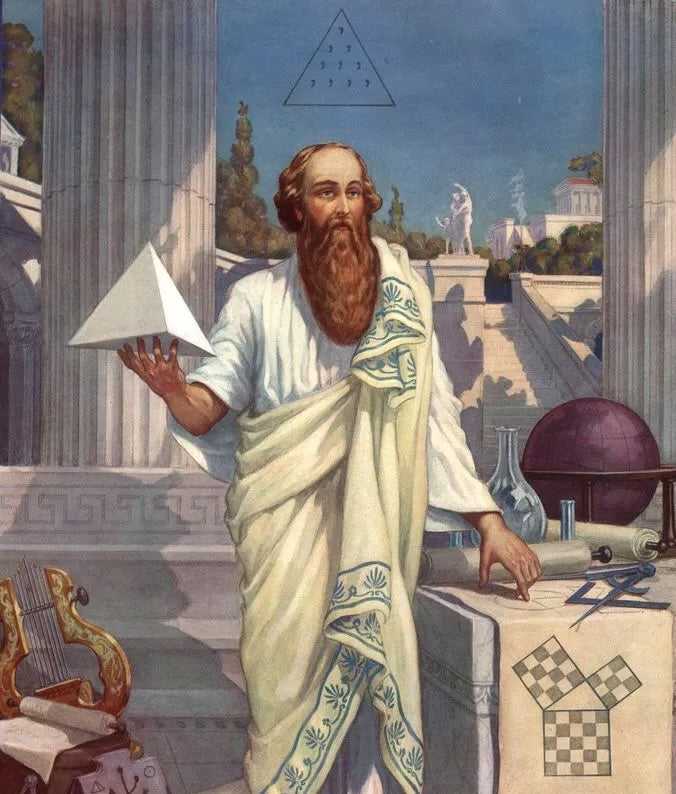
The Greek mathematician Pythagoras, circa 550 BC, was reported to have spent at least 22 years in Egypt. He is credited for the Pythagorean theorem, although a clay tablet from Babylonia contains a set of calculations proving they were aware of the mathematics of this theorem as far back as 1800 BC - predating Pythagoras by over 1000 years.
Its important to understand these nuances of the origin of the advanced knowledge of the sciences because it is a commonly held belief that they originated in the West. And while many contributions were made by the greeks during this time, the commonly held believe that the cultures before them were less advanced is not always true or verifiable.
The knowledge more ancient cultures had, as in what is been documented in physical records will never account for the total knowledge that was once possessed, and this fact can not be over stated.
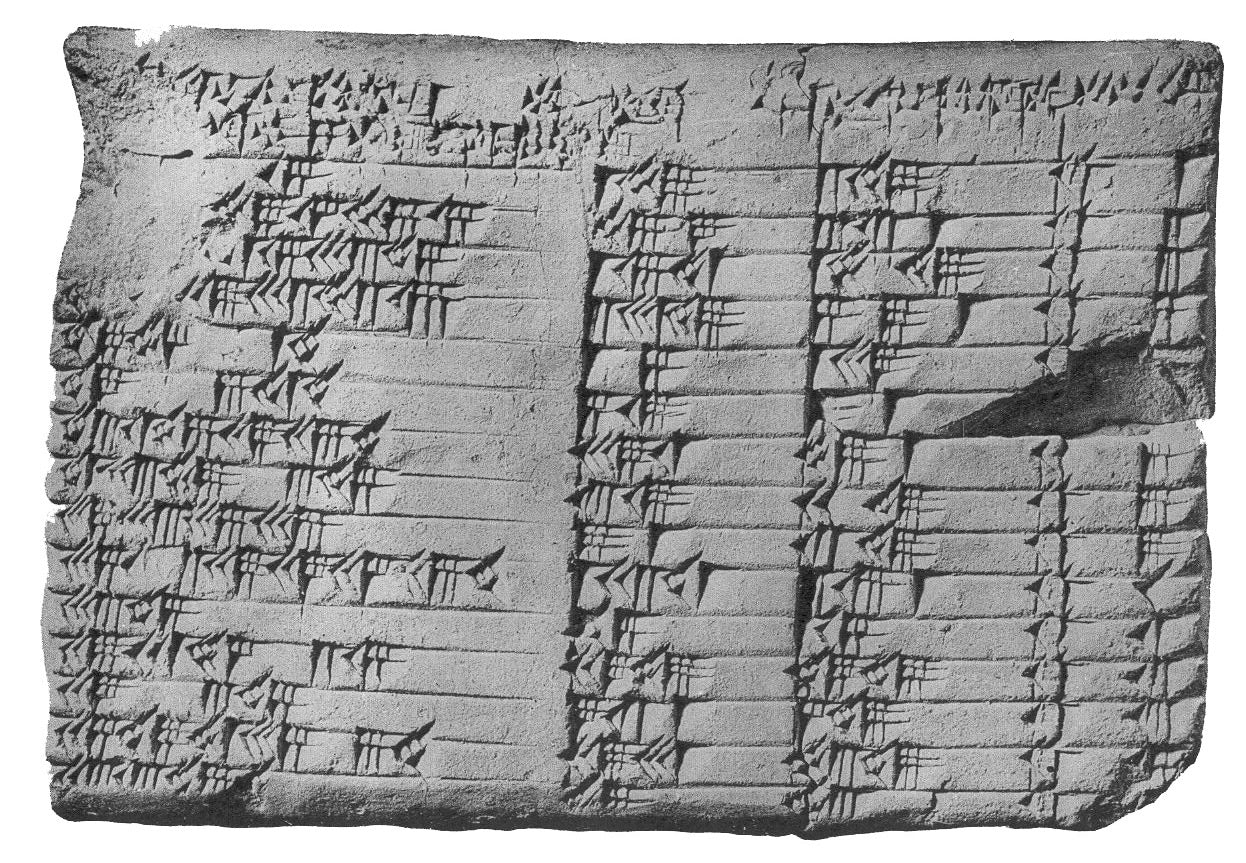
So although an original discoverer and original date for many of the Greek discoveries of geometry may be debated, their significance may not. The accumulation of the worlds past knowledge of philosophy, mathematics and geometry was leading to monumental achievements in western culture.
The Greeks would become world renown for their knowledge because of their ability to assimilate the wisdom of other cultures into their own.
They knew ancient wisdom was buried deep in the past, encoded in buildings and safeguarded through religious traditions keeping the knowledge.
Some of the most well known geometric symbols modern people still recognize today, have origins that dated thousands of years before the Greeks existed.
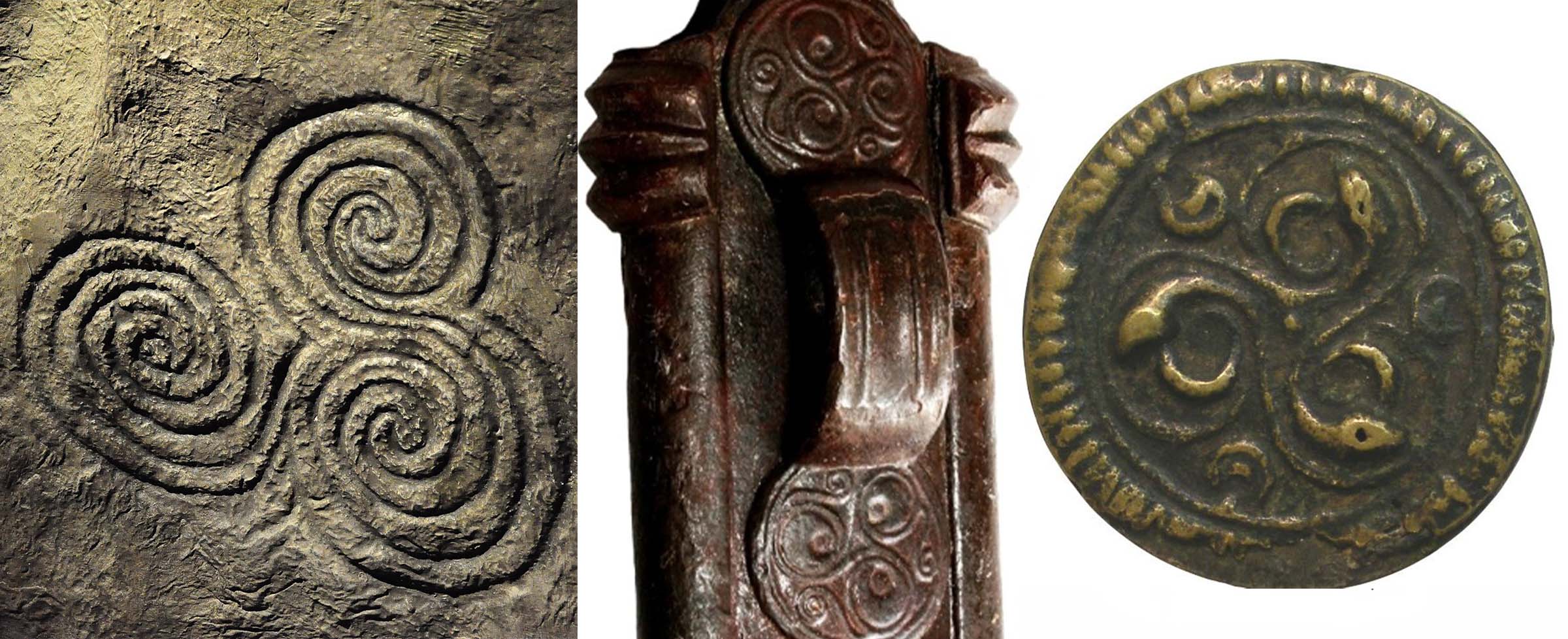
The Triskele or Triskelion dates back as far as 4400 BCE to Neolithic Malta. It has been used by the Irish, Greeks , Romans, and Sicilians, an the Celts.
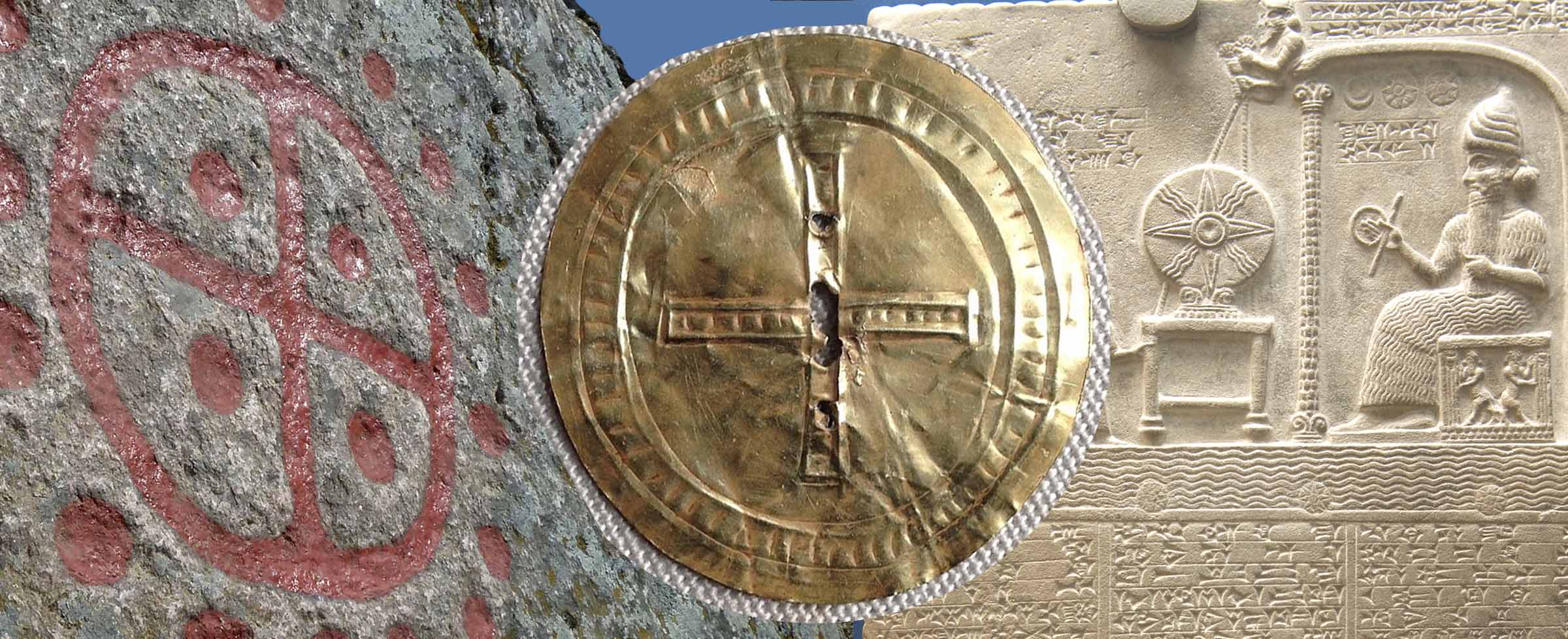
The Sun Cross is one of the oldest known symbols of the world. Origins as far back as 8000 BC. It has been used by Scandinavians, Celts, Egyptians, Babylonians, and indigenous North American tribes.
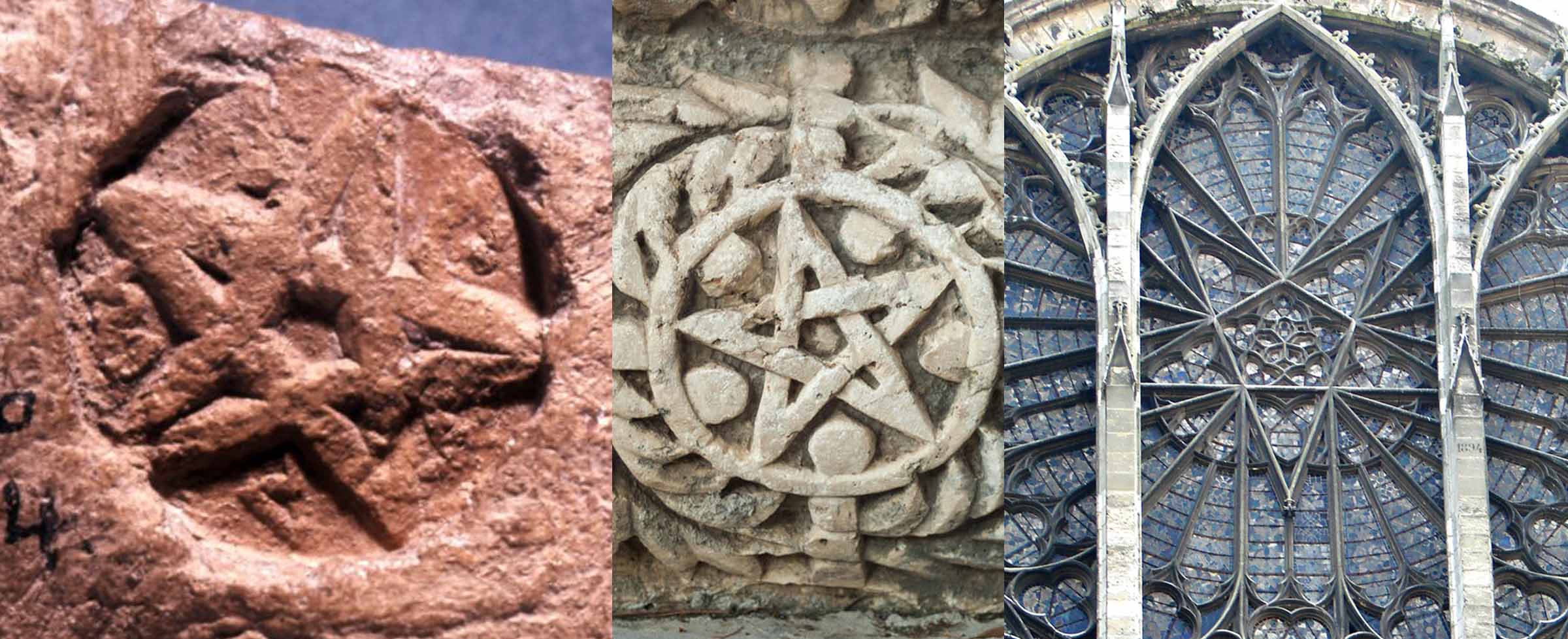
The earliest Pentagram recorded use was found in Sumerian pottery circa 3500 BC. It has been used by the Sumerians, Babylonians, Chinese, Egyptians, Greeks, Hebrews, and the Serer people of West Africa.
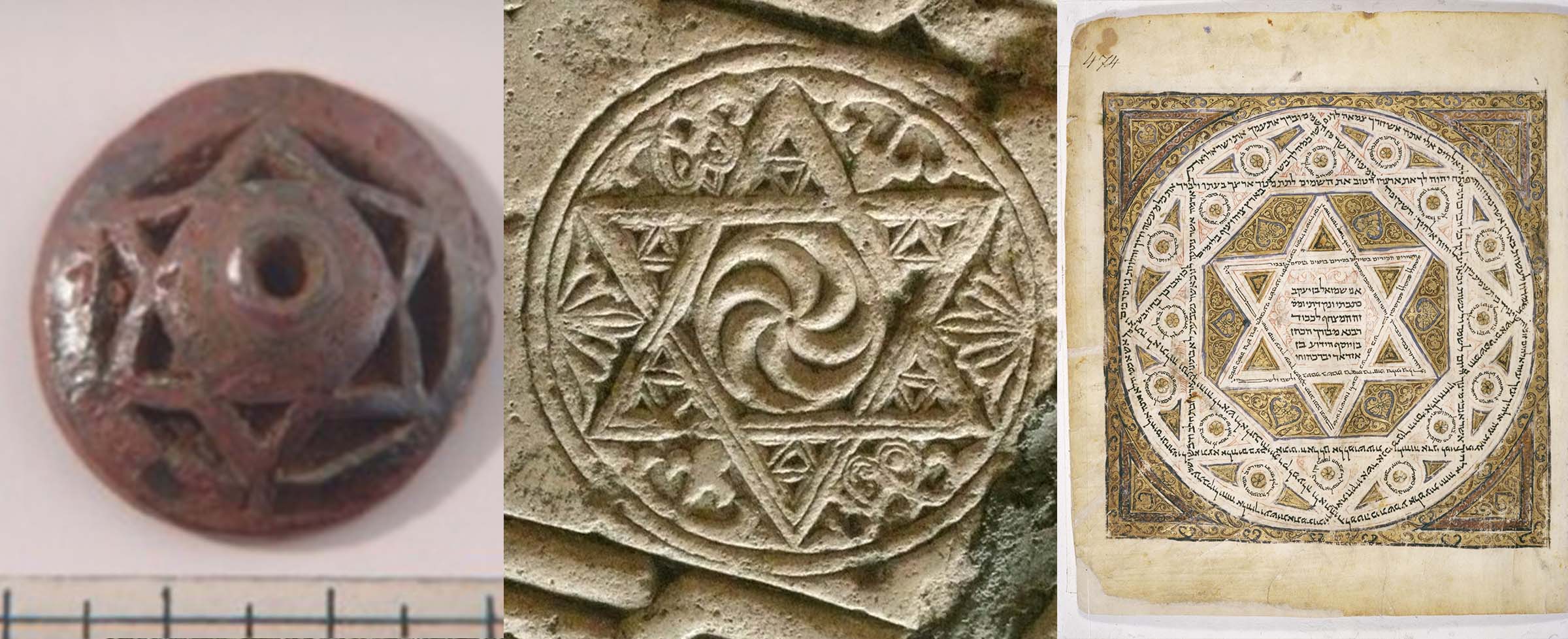
The Hexagram has a deep root in the Armenian People with the hilt of a dagger found using the shape dating back to circa 3000 BC. It has been used by Babylonians, Indian Hindus, Egyptians, Jewish and Islamic traditions.
The significance of these ancient symbols emboldened the Greeks to continue to investigate. Giving rise to mystery schools and secret societies drawn to decode the ancient symbols and ideas. The use of psychedelics, and ancient rituals would lead to the reverence of certain sacred geometries attributed with special meanings.
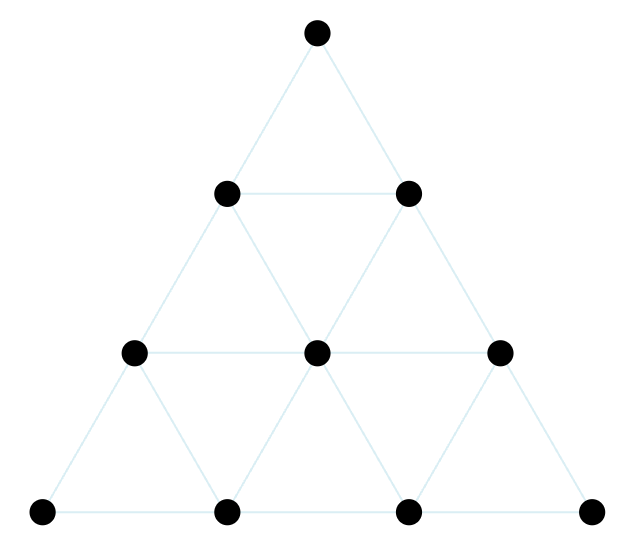
For example, Pythagoras and his followers, the Pythagoreans, believed this symbol, the Teractys was of utmost mystical importance. It held power in its value to musical theory and added up to the “perfect number” ten.
They associated it with a great cosmic order: symbolizing the mathematical, musical, and metaphysical order underlying all existence, uniting arithmetic, geometry, cosmology, and spirituality.
Plato, 428 - 348 BC, in his written dialogue titled, Timaeus attributed the classic elements, fire, wind, water, air, and cosmos to the 5 regular polyhedra. And thus popularizing what would be known as the Platonic Solids.
The Platonic Solids
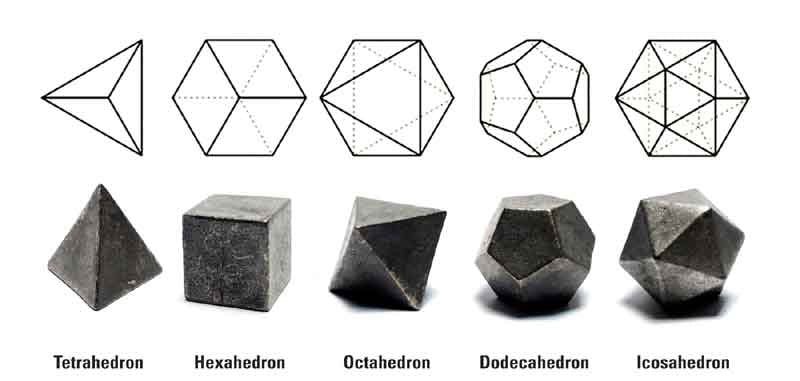
While the mathematical proof of these geometries would be more justly attributed to the Greek mathematician Theaetetus (c. 417–369 BCE), Plato helped spread a new world view that was emerging:
Studying geometry was more than just making measurements, it was revealing harmonies and an organizational order of the universe that was revelatory for humanity.
For the mathematical concepts were not only effective in understanding how to construct human architecture - they were effective in contributing to understanding the architecture of the universe.
Welcome to Sacred Geometry
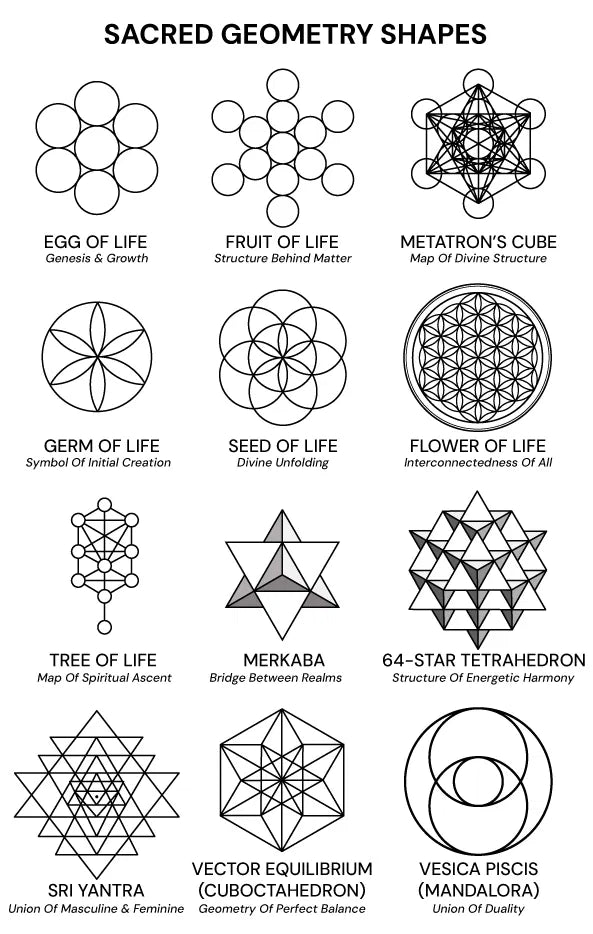
So while the modern age has limited Sacred Geometry to a select group of symbols that contain mystical properties, its important to note that throughout all of history - since the earliest records of the world - geometry had been associated with a divine significance.
This is because the study of geometry and its principles enhanced the our innate pattern recognition system, imbuing predictive powers to recognize a hidden organizing force bringing order into the physical world.
This force has been known by many names: God, The Divine, The Source, or Cosmic Intelligence.
The mysticism of certain shapes and relations speaks not only to the specific structures they contain, but how in the speaking of the language of geometry as a whole brings a deeper level of understanding to the world.
Just as humans had been doing for Millenia before, sacred geometry holds revelations of the patterns of space and time encoded into special geometric symbols.
Decoding Sacred Geometry
Sacred Geometry encodes 3 dimensional structures into 2 dimensional symbols.
They represent fundamental building blocks of matter and potentially contain the geometry of the structure of the universe as a whole.
The egg of life and the fruit of life are for the geometers to have a properly spaced grid to construct these various shapes. Using only pen, string and straight edge, all these shapes can be drawn.
Metatron's Cube embeds each platonic solid into the design, allowing the study of the basic building blocks of 3 dimensional space to be drawn with ease, while having no precise mathematical knowledge.
The Seed of life is the interconnection of 6 equally spaced circles around one central circle. However when viewed as a 3 dimensional object, it actually contains 8 circles, and is the 3 cell division when life is being created.
The Flower of Life shows a lattice of interconnected spheres equally spaced in a harmonic grid incased in 2 circles. The 3 dimensional object maybe the description of how atoms interlock in order to build a specific atomic weights.
The Tree of life uses a similar equally spaced set of sepherots (the vertices) that can be seen as a cube and a octahedron, hinting at a structure of space that is not entirely uniform, but a combinations of specific geometries.
The Merkaba is a structure that is the combination of 2 tetrahedrons, compressed into eachother. It has an octahedral core. Its outermost vertices perfectly match with the points of a cube. It has been found to accurately represent certain crystal atomic lattice structure.
The 64 tetrahedron grid is composed of 8 Merkabahs stacked onto on another. It forms a vector equilibrium and is able to be scaled infinitely highlighting its strength in atomic lattice structures.
The Vector Equilibrium (Cubeoctohedron) is the only 3 dimensional shape that has the same length from the center vertex to outside vertex as its outside vertex to outside vertex. It exists in complete perfect vectoral equilibrium, and is a structure found in crystal shapes and all throughout nature.
Vesica Piscis is one of the oldest shapes known throughout humanity. Generated by two circles of equal radius, where each circle's center lies on the circumference of the other, the Vesica Piscis contains 2 equililateral triangles in the center area. This mathematically encodes the square root of 2,3 and 5. It can be seen as the first cell division in the creation of life.
So while some of the embedded concepts in Sacred Geometry may seem dated when compared to modern scientific knowledge, its significance to formation of earlier concepts of reality cannot be overlooked.
The depiction of repeating geometric structures that would accurately described atomic lattices verified thousands of years later with the use of technology, hints at more ancient scientific knowledge that may just have been lost in time.
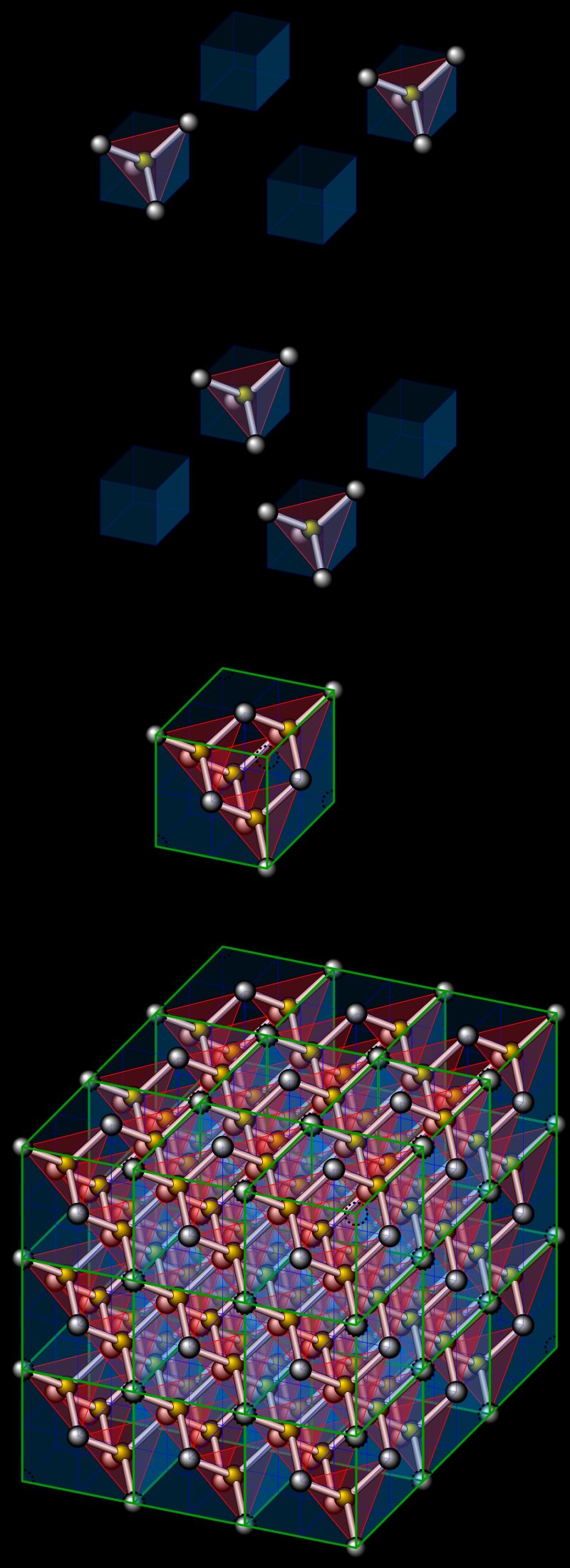
Yet these early revelations of geometry still offer a two fold enhancement for those incorporating its significance into their world view.
1. Geometry can accurately describe the the physical world based on principles, imbuing a predictive power for phenomena in the natural world.
2. The discovery of a common universal language used in nature effect the consciousness of those who study it.
Its study confronts its researchers with the existence of a language of an incredibly well organized structure of design - rivaling anything made by the independent intelligence of man.
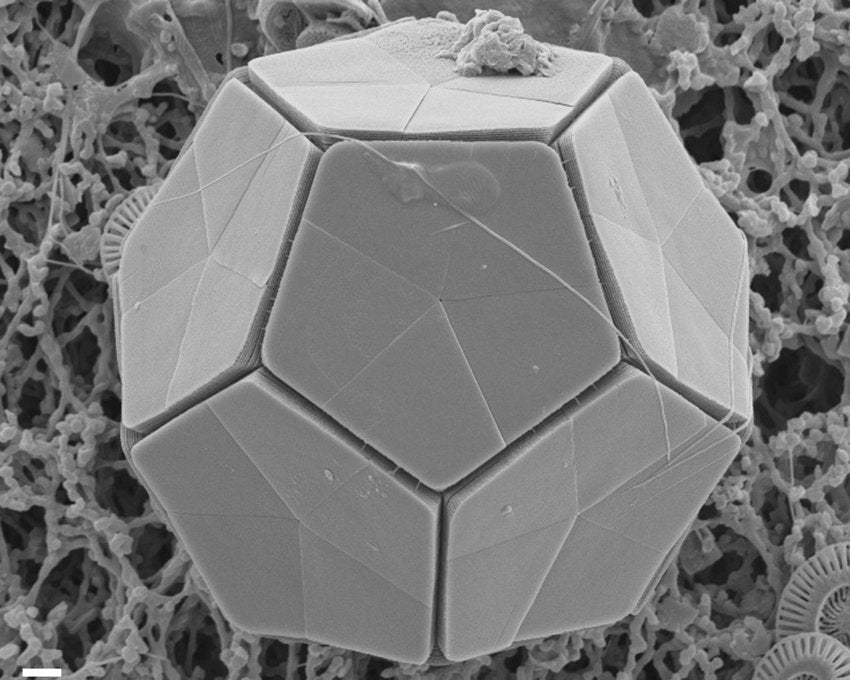
The power of specific geometric shapes and structures based on their inherent structural integrity allows for these geometries to maintain their structure at various levels of pressures across dimensional scales.
This property is known as Scale Invariance.
The octahedron shape has been found in to exist in many atomic structures, and in natural crystal formations. In 1997, in a paper title, The Egg Carton Universe, by E. Battaner and E. Florido, a model proposed that accurately represented the positions of universe's voids and galactic super clusters described by the edges and vertices of an octahedral lattice structure.
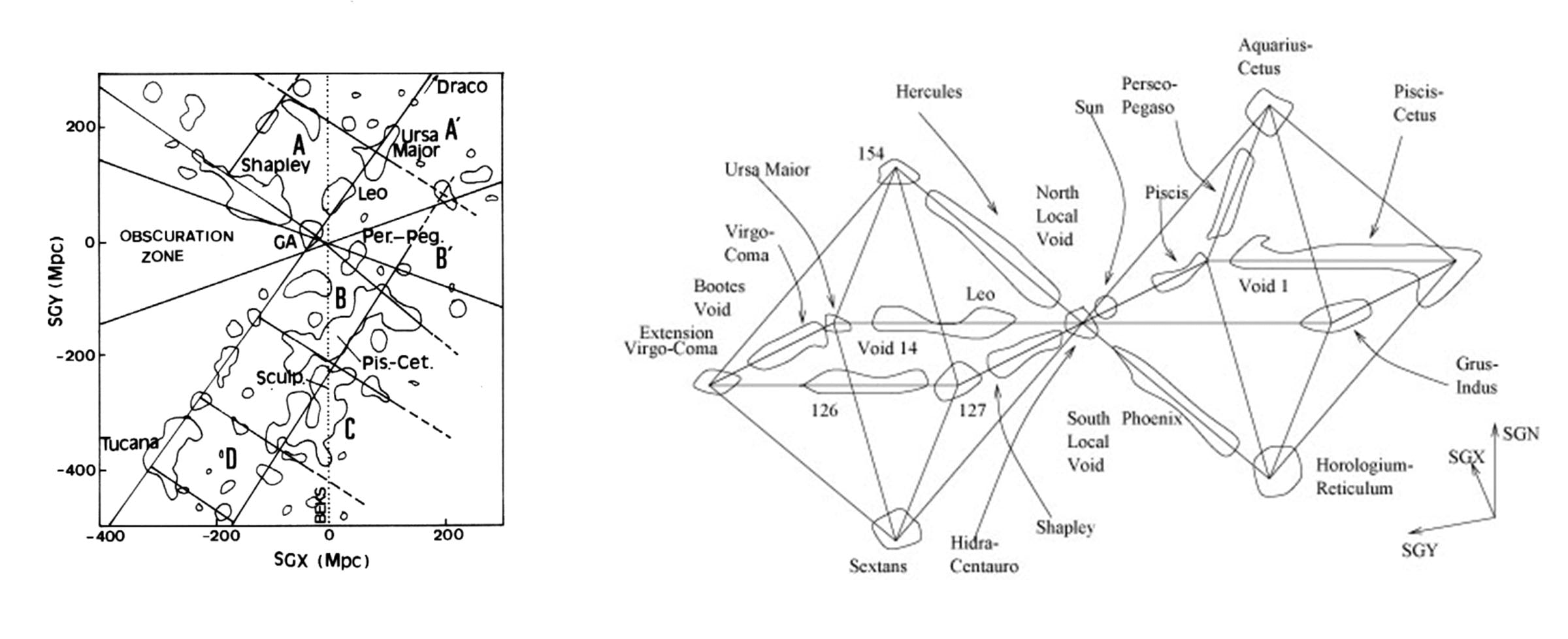
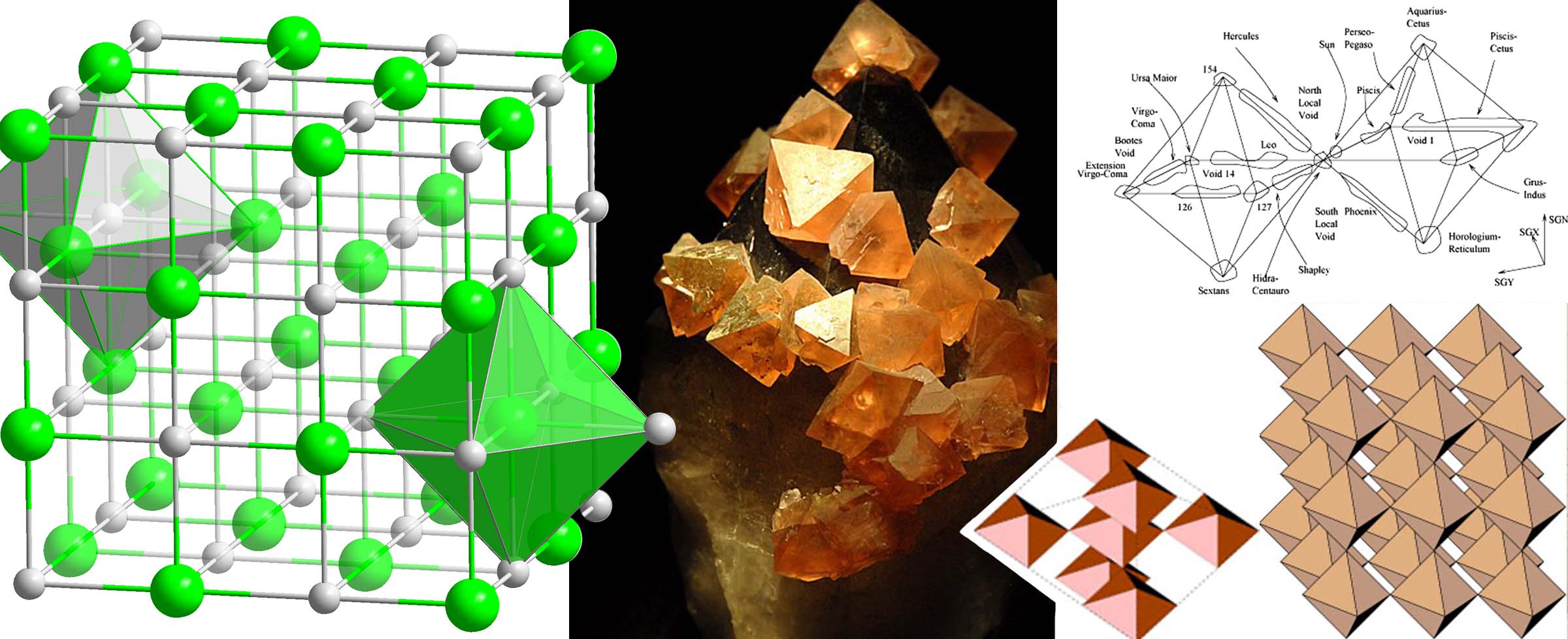
The pursuit and knowledge of non-physical geometric ideals and their proportions, in fact, is not separate from, but directly linked to the natural structure of our physical reality.
Increasingly curious relationships emerge when we take a closer look at the properties of geometries used to describe our world.
For example:
The simple and elegant proportions of the Phi ratio, also known as The Golden Ratio, or The Divine Proportion appears throughout our universe:

This divine proportion can be found hidden inside the 5 pointed star, the pentagram.
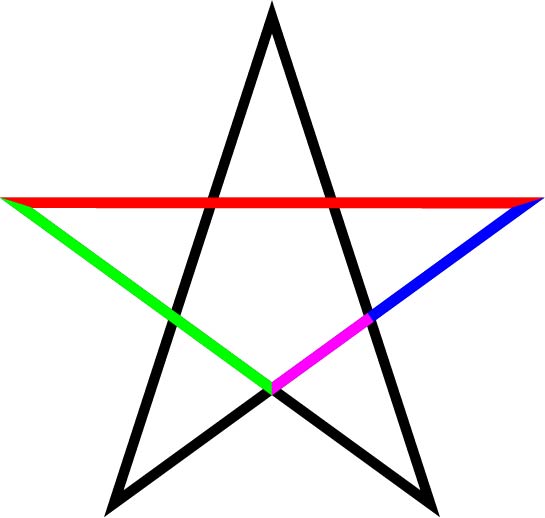
This divine proportion can be found hidden inside the 5 pointed star, the pentagram.
The ratio of the entire length to the larger lengths is to the larger length to the smallest length.

Leonardo Bonacci, c. 1170 - c. 1250, from the republic of Pisa, Italy. Commonly known as Fibonacci, discovered a special sequence of numbers, known as the fibonacci sequence. Using a simple rule of adding the two numbers in the sequence before, to get the next number in the sequence. Starting at 1 we get the following sequence:
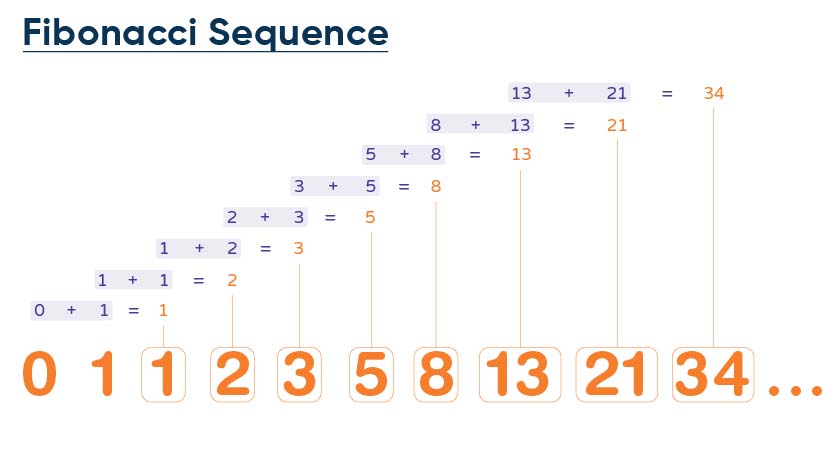
What’s fascinating is when you divide any of the two numbers next to each other in the sequence the number approximates the value of Phi.
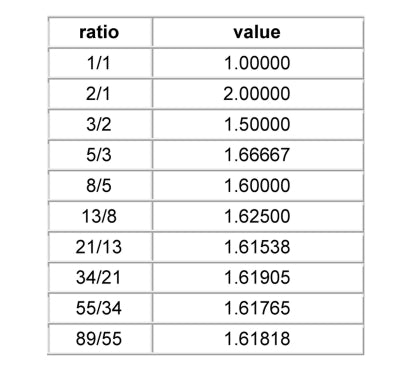
As you get further and further down the fibonacci sequence the value becomes continually more precise.
The sequence can be expressed in the area as well, squaring the values and adding the squares together a spiral can be drawn through the corners to create a spiral.
The natural intelligence of this ratio is found throughout the natural world. It can be easily observed in over 90% of all land flowering planets.
show flowers and inflorescence
While it may be easy to see it in some, in other ways this ratio is hidden. For example, the ratio is not only used for the flower sites, but also in the the arrangement of the plant's leaves, in what is known as Phyllotaxis.
show phyllotaxis. and explain what the golden angle is.
This ratio is found in the atomic structure of quasi crystals, and in the any of the forms in nature that use the polyhedral shapes of the dodecahedron and the icosahedron.
Show the golden rectangles inside icosahedron.
This ratio can be found in hurricane storms, and it can even be found at the galactic scale.
Its even in you.

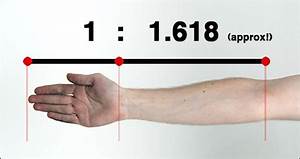


Once you feel these geometric ratios are not only a silent governing force throughout the cosmos, but also a silent force in you as well, the illusion of separateness can more easily dissolve away, revealing a seamless merging of our patterns with the world’s.
For the acknowledgement of our shared geometric relationships with the entire universe, conveys a harmony and interconnectedness that for some is purely mathematical, and others, transcendental, and for others, even sacred.




